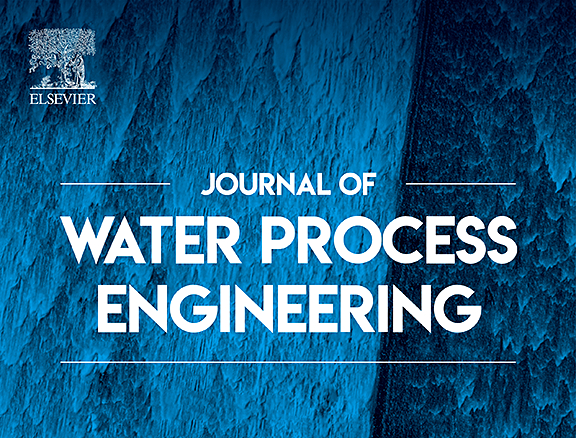
Abstract
This study aims to evaluate the application of ultrafiltration technology for the separation of particles and oil droplets and the recovery of ammonia from hydrothermal liquefaction (HTL) wastewater. Real HTL wastewater from the hydrothermal liquefaction of municipal sewage sludge was used in this study. Experiments were carried out using a submerged polyethersulfone ultrafiltration membrane with molecular weight cutoff of 100 kDa in combination with air stripping and addition to acid and base traps for recovery of volatiles. Results showed, that the best operation mode of ultrafiltration is with backwash cycles of the permeate, maintaining a flux lower than the critical flux of 6 L/h·m2. The setup led to fast stripping of ammonia, which was successfully recovered by 88% in the acid trap. This application can be considered an adequate first stage treatment of the HTL wastewater. The importance of this work is that it proves that membrane technology can be successful in treating complex real HTL wastewater, and is not only limited for applications using model solutions.
Authors: Ali Sayegh, Nikhil Shylaj Prakash, Thomas Helmer Pedersen, Harald Horn, Florencia Saravia
Full paper here: https://www.sciencedirect.com/science/article/abs/pii/S2214714421005146
